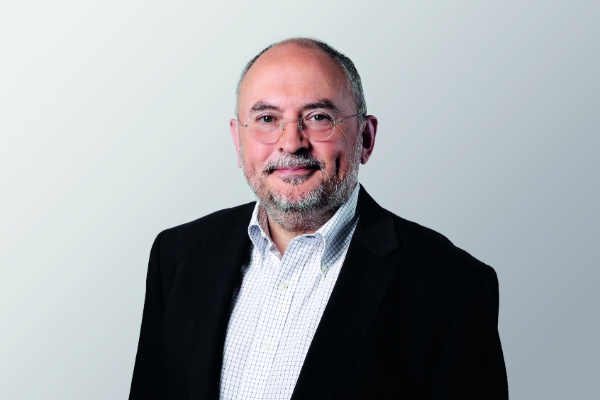Designing a workplace for creative thinking
Guillaume Alvarez explains how a well-designed workplace can support business innovation

Leaders in every industry are talking about disruption. New digital technologies, the forces of globalisation, the growth of new business models and the emergence of artificial intelligence are creating new winners and losers in every market, and redefining entire industries.
It’s clear the key to survival is rapid innovation, and today an organisation’s innovation capacity is contingent on continuous learning. Learning is a fundamental business skill and the faster an organisation can facilitate the learning of its people and adapt to the unpredictable more quickly than its competitors, the more likely it is to succeed and grow.
With the wealth of a business clearly depending on the solid engagement of its employees, leading organisations recognise that their physical workplace can help them more effectively implement their strategy, build their brand and support their culture. Yet they often struggle with how to do this in a way that is both resilient and economically viable.
The bottom line is that the workplace plays an instrumental role in a business’ bottom line.
Innovation is a physical activity. It’s dependent on human interaction, exploration and experimentation. That means the places that bring people together, physically and virtually, are critical to innovation outcomes.
The key is to design the workplace as an ecosystem of interconnected and interdependent places that support the physical, cognitive and emotional needs of people, and provide choice and control over where and how they work.
Control and choice are not only significant components in building engagement; they have also become the new status symbol for a new generation of workers.
Understanding this, Steelcase recently launched its newest Learning + Innovation Centre (LINC) in Munich, Germany, as the next step in exploring how creative thinking can be nurtured and supported by physical space and technologies. Among its mandates, the LINC was designed to support a culture shift from thinking of the workplace as ‘the corporate office’ to experiencing it as ‘the creative studio’.
A resilient and agile workplace is just one part of addressing the global challenge of growing a business in a disruptive, creative economy; but it is necessary.
Conditions must be created where ideas can be realised for both co-located and distributed teams, and where people can easily iterate on each other’s ideas, move around fluidly and stay engaged.
This requires environments that are extremely agile and which support all stages of the creative process: focused work, collaboration in small and large groups, co-creation or making activities, function-based learning and intervals of respite and renewal.
The behaviours of design thinking and creative collaboration must also be supported and, as a prerequisite for people openly sharing ideas, building an environment where trustful relationships can develop and thrive is critical.
In addition to trusting each other, people doing innovation work need to trust the organisation. They need to be assured that failures are accepted in the culture as integral to learning. This strengthens creative confidence and liberates them to take calculated risks in the search for breakthroughs. And for this, business leaders also have a lot to answer for. An innovative culture can only be nurtured from the top down.
The eradication of allocated seating, maximisation of ancillary spaces, and incorporation of design features such as a centralised staircase can all play important social functions. They can provide a means for chance encounters and informal discussions as employees move between floors or meetings. In designing a workplace that deliberately increases employee interaction and enables them to work wherever they want with ease, businesses can prevent the development of organisational silos that hinder cross-team collaboration and innovation.
At the dawn of the Fourth Industrial Revolution, when intervals of innovation are shortening at a rapid pace and technological advancements continue to change the business landscape and automate job roles as we know them, this is key. Now, more than ever, employees have the opportunity to excel by leveraging empathy through thinking critically, analysing situations and offering emotional, creative and intellectual value where computers cannot.
When working experiences and environments foster a culture of choice, creativity and inclusivity, the likelihood of attracting globally minded, innovative thinkers increases considerably. And that’s always good for the bottom line.
Guillaume Alvarez senior vice president of Steelcase
